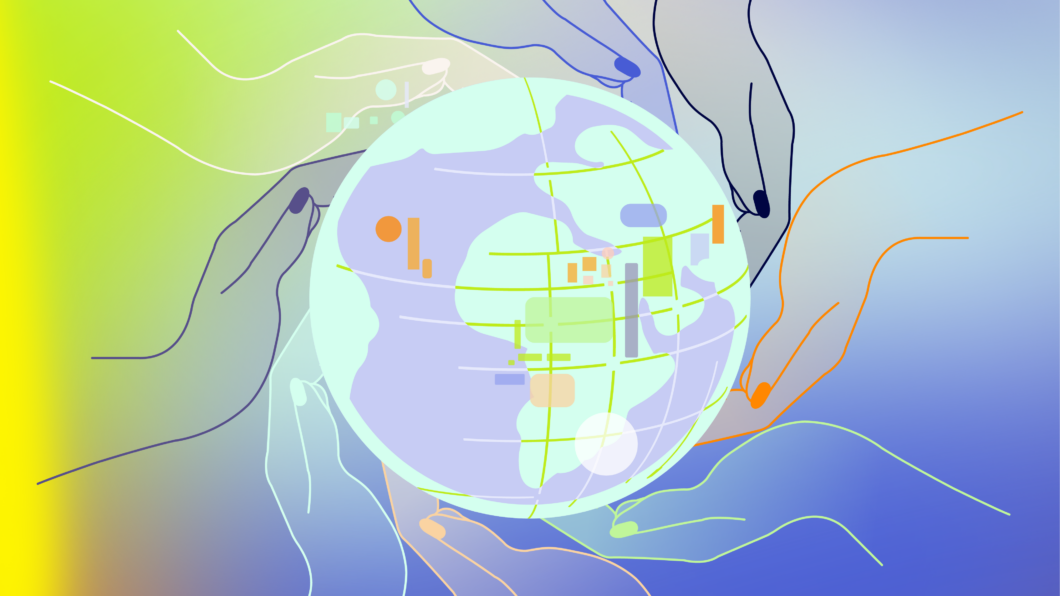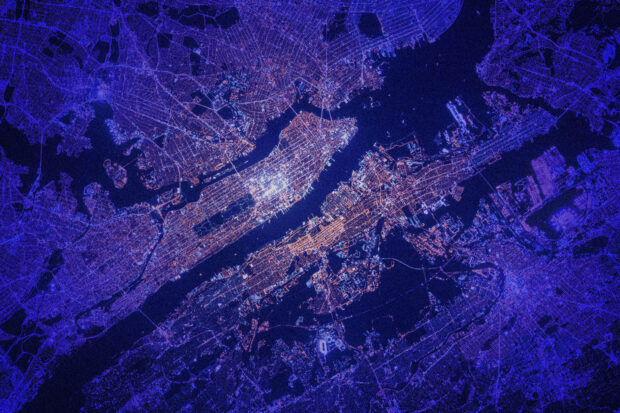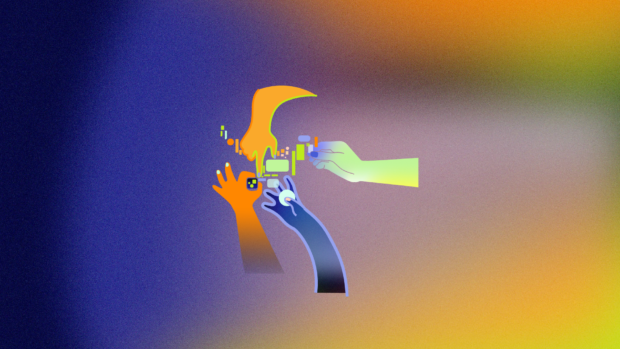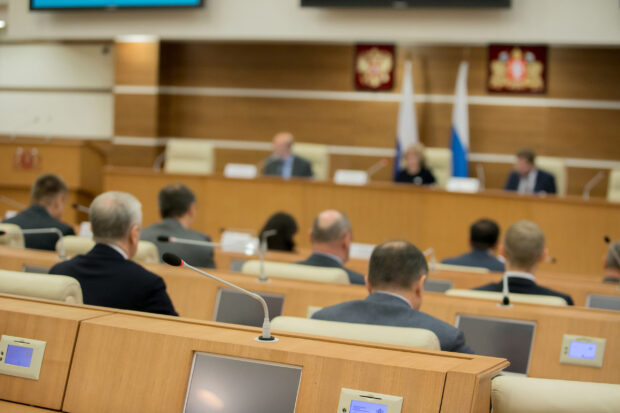Nearly a year ago, our organizations joined forces to launch the Charter for Digital Public Goods (DPG Charter), an advocacy campaign designed to galvanize interest and nurture critical discussion toward ensuring that digital public goods can maximize the benefits of digital public infrastructure and improve the lives of all people.
What have we learned?
1. #DPGs4DPI are already driving tangible change for people and communities - particularly young people.
We have seen a range of benefits from the use of digital public goods (DPGs) for digital public infrastructure (DPI) – the foundational digital layers necessary for powering our daily lives – across pressing issues from pandemic response to food security, health, education, financial inclusion (particularly of women and girls), and climate response.
Here are a few examples:
- People in parts of India can now report and fix problems impacting their families and communities through DIGIT, a DPG solution to the data exchange layer of digital public infrastructure that is currently implemented by subnational governments.
- Sierra Leone made it easier and less expensive for young learners and their parents to check exam scores through Results Checker, helping to make education more inclusive. This sector-based solution is part of the country’s broader efforts to leverage DPGs in its overall approach to digital public infrastructure.
- Africa Flying Labs is training young people on drones, artificial intelligence, and geospatial mapping. By using open-source technology implemented as mapping infrastructure, these youth are learning to be creators, rather than passive users, of these systems.

2. There’s a growing global community working to ensure that digital public goods are a more viable option for digital public infrastructure.
Over the 12 months of the DPG Charter, it became abundantly clear that this is a demand-driven topic, with governments, private companies, international development organizations, and civil society actors all clearly stating that they have seen first-hand the need for safe, inclusive, and trusted digital public infrastructure powered by digital public goods.
Here are a few different ways of illustrating this growing community:
- Nearly 30 entities endorsed the DPG Charter, ranging from countries (Sierra Leone, Bangladesh, Rwanda, and more) to companies (Jumo, Jumia, Thoughtworks) to civil society (Africa Digital Rights Hub, mEducation Alliance) to international development actors (Digital Square, Better than Cash Alliance).
- Over 100 people working in over 30 countries and 67 organizations across government, private sector, foundations, civil society, and international organizations participated in DPG Charter consultations.
- Through DPG Charter-hosted sessions at the Internet Governance Forum, World Summit on the Information Society (WSIS), and the Transform Africa Summit, we’ve heard from former and current ministers of ICT and others that DPGs are delivering positive impacts in their countries.
- The endorsers are providing financing, resources, and advocacy to advance this vision (see #5).
3. Clear, precise communication is key to ensure that decision makers understand the value of digital public goods.
The terms “digital public goods” and “digital public infrastructure” have a role to play in aligning diverse actors around a shared vision of these core aspects of a digital society. The DPG Charter has been able to improve mobilization efforts focusing on the specific value that these terms are meant to communicate. For example:
- Digital public goods have lower associated costs, are customizable, improve transparency, give countries and communities more control over their data assets, and help to avoid vendor lock-in.
- Digital public infrastructure, when implemented with safety and inclusion at the forefront, can provide the rails for improved government service delivery, private sector innovation, and cross-border cooperation.
- Investments in both are driving tangible value to people and communities (see #1).

4. There are as many models for DPI as there are countries, and digital public goods will play a different role in each.
As countries invest in digital public infrastructure, they will increasingly use different types of technology for different systems, whether proprietary, open-source, or custom-built. Given the lower cost, flexibility, and positive impact to people and communities, countries will likely move toward more open and interoperable infrastructure over time. This approach, in other words, requires a long-term mentality shift and a recognition that it will not be implemented overnight.
In addition, while many governments will decide to use digital public goods, many governments will also share aspects of their digital public infrastructure by turning them into digital public goods. Both the use and sharing of DPGs are equally important for building a robust global digital commons, bringing down costs, increasing cross-border and regional interoperability, and strengthening international digital cooperation, and should be financed and celebrated.
5. The #GoodDPI movement is just getting started.
The DPG Charter has helped to broaden the tent of people and organizations who are working together to advance safe, inclusive, and trusted digital public infrastructures. And yet, this is just the beginning. If we are to realize the five outcomes set forth in the DPG Charter, we need more cooperation, more financing, more learning, and more countries designing, sharing, and deploying transparent and robust people-centric digital systems.
To support this, the DPG Charter will continue to provide the guiding vision and commitment framework to align and inspire action going forward.
What’s next?
Here’s how some of the current endorsers plan to take this work forward:
- The Digital Impact Alliance will use the DPG Charter to directly inform the current refresh of the Principles for Digital Development.
- Data.org will work with partners in the United Kingdom, the Gambia, and Colombia to drive toward long-term adoption and sustainability of Epiverse TRACE, a suite of interoperable open-source data analytics tools (two of which are DPGs) designed to increase epidemiology capacity for health ministries.
- Two endorsers, Digital Square and Path International, will continue to promote a reference digital health architecture that will interoperate with other cross-sectoral DPGs via open-standards and leveraging critical digital public infrastructure services (ID, Payment, Secured Data Exchange). This will improve discoverability of digital health-related technologies through the newly released Guidebook.
- Digital Public Goods Alliance will work with partners to launch a country-led initiative for safe and inclusive foundational DPI implementation, with the values of sharing learnings and technologies using DPGs at its core.
To hear from our endorsers including the Government of Togo, Jumo, GIZ, USAID, and the Bill and Melinda Gates Foundation, join us at The DPG Charter Virtual Event on June 28.
And get ready to tell us: Which of the commitments in the DPG Charter can make to contribute to more open and inclusive digital societies?





